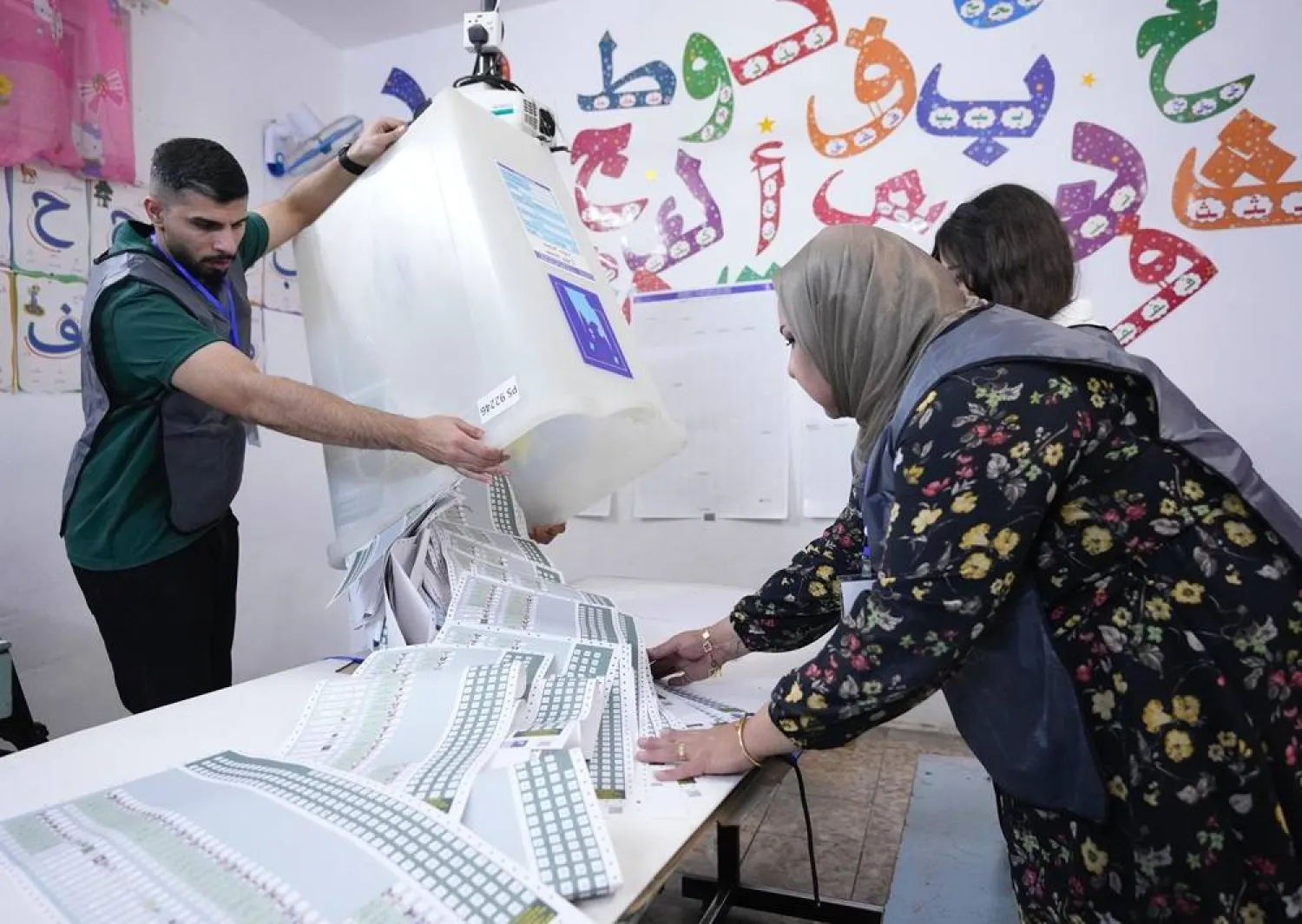Days of deadly clashes between the US-backed, Kurdish-led Syrian Democratic Forces (SDF) and local fighters have rocked eastern Syria's Deir Ezzor province, threatening a fragile balance in the strategic area.
The SDF spearheaded the offensive that defeated the ISIS group's self-declared “caliphate” in Syria in 2019.
Arab-majority Deir Ezzor province, a resource-rich region which borders Iraq, is bisected by the Euphrates river and is home to dozens of local tribal communities, some of whose fighters joined the SDF in its battle against ISIS.
AFP looks at what's behind the recent violence.
Who's in Deir Ezzor?
Control of Deir Ezzor is split between the US-backed SDF to the east of the Euphrates, and Iran-backed Syrian government forces and their proxies, including fighters from Iraq, Afghanistan and Pakistan, to the west.
The border area is part of key smuggling routes for fighters, weapons, drugs and consumer goods.
The SDF, which includes Kurdish, Arab, Armenian and other fighters, seized swathes of Deir Ezzor province following successive US-backed campaigns against ISIS.
A semi-autonomous Kurdish administration controls areas in north and northeast Syria, through local civilian and military councils in an effort to stave off Arab discontent, and regularly announces meetings between SDF officials and tribal leaders.
US-led coalition forces, who entered Syria in 2014 to fight ISIS, have set up bases to the east of the Euphrates.
ISIS cells in the province carry out attacks on both SDF and government forces, particularly from desert hide-outs.
What triggered the fighting?
On August 27, Kurdish-led forces detained Ahmad al-Khabil, also known as Abu Khawla, the head of the Deir Ezzor Military Council, which is affiliated with the SDF.
The SDF has accused Khabil of communicating with the Syrian government, and of alleged drug trafficking and mismanagement leading to an uptick in ISIS activities.
Angry fighters loyal to Khabil launched attacks on the SDF that spiraled into clashes in several villages and towns, according to the Syrian Observatory for Human Rights, a war monitor.
The situation escalated after some pro-government fighters crossed the Euphrates and joined the clashes, according to the SDF and the Britain-based Observatory, which has a vast network of sources inside Syria.
Dozens of people have been killed, mostly fighters loyal to Khabil and SDF members including Arab fighters, but also civilians, according to the Observatory.
The SDF announced a 48-hour curfew in the area starting last Saturday, and on Monday urged civilians to leave the last town where it said hostile local fighters were stationed.
The US embassy in Syria, which is based outside the country, said Sunday that two senior officials had met with the SDF, Kurdish authorities and tribal leaders from Deir Ezzor, urging de-escalation "as soon as possible".
Dispute with Arab tribes?
The SDF has denied any dispute with Arab tribes in the region, saying the clashes have mostly involved "elements of the regime and some beneficiaries" of Khabil.
It has urged local residents "not to be drawn into the strife".
However, Syrian state media has characterized the fighting as pitting the SDF against Arab tribes, while pro-government daily Al-Watan has described the local fighters as "Arab tribal forces".
"There is nothing actually known as Arab tribal forces," said Omar Abu Layla, an activist who heads the DeirEzzor24 media platform, noting that some tribal leaders work with the SDF while others quietly collaborate with the government.
Officials close to Khabil, "especially those who benefit from smuggling", started the fighting, he noted.
"What is happening today is incitement to chaos by a number of internal and external parties," he said.
Aron Lund of the Century International think tank said that "village, family, tribe, trade, smuggling -- all of that probably matters as much as the ethnic Arab-Kurdish dimension or the political conflict".
However, "if fighting spreads and Arab-Kurdish relations are poisoned... there's no shortage of actors that would be interested in feeding the chaos", he told AFP, describing the area as a "tinderbox".
Clashes rocked neighboring Hasakeh province on Sunday, after some fighters in Turkish-held areas had urged support for those opposing the Kurdish-led forces in Deir Ezzor.
Türkiye sees the Syrian Kurdish People's Protection Units (YPG), which dominate the SDF, as an offshoot of the banned Kurdistan Workers' Party (PKK) and has launched successive incursions into Syria targeting Kurdish forces.
President Bashar al-Assad's government rejects the Kurdish administration and accuses it of "separatism".









